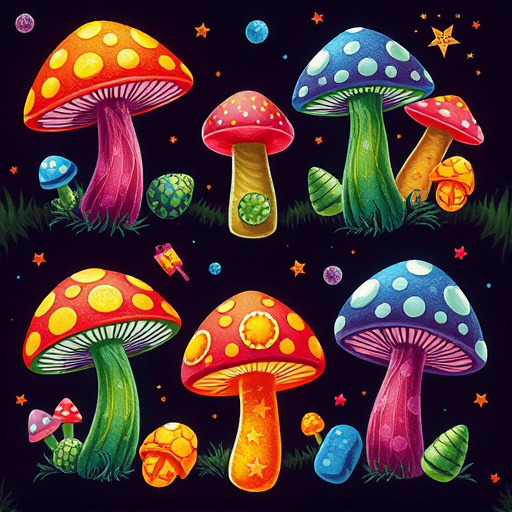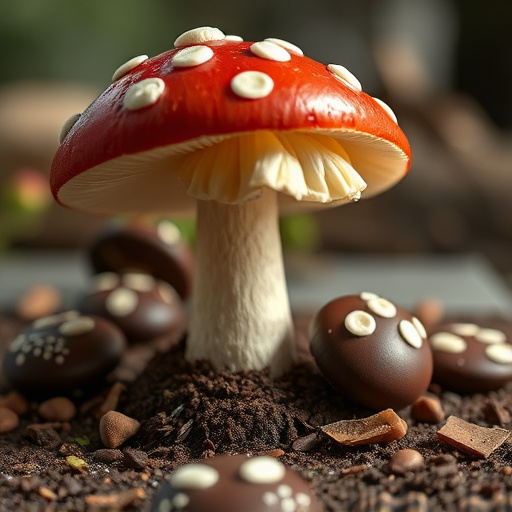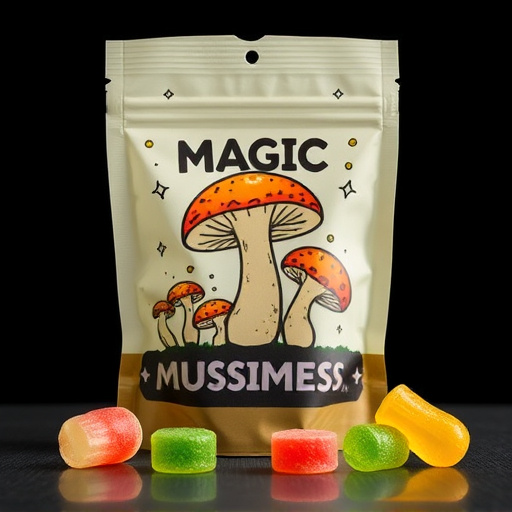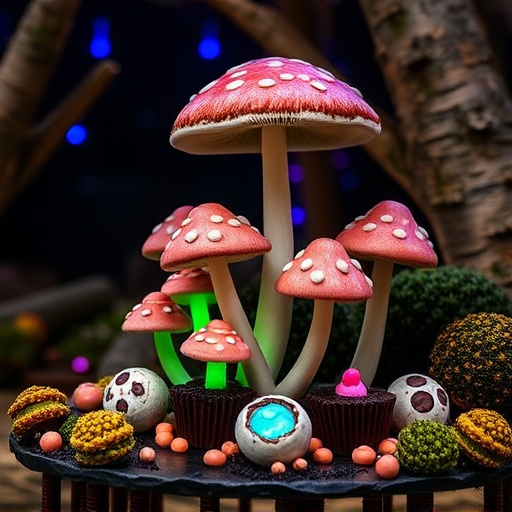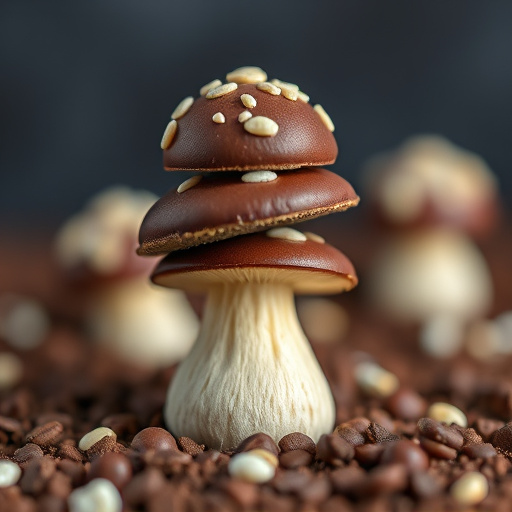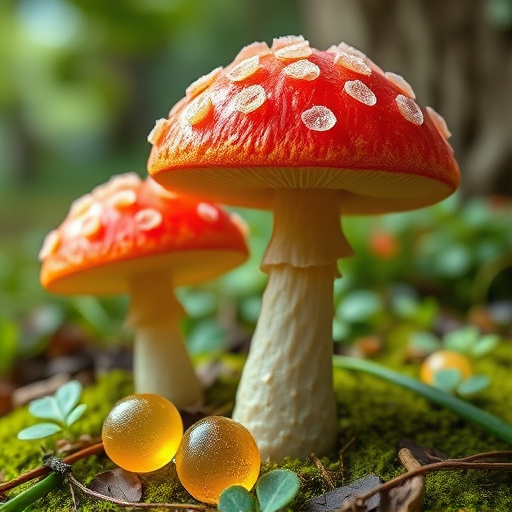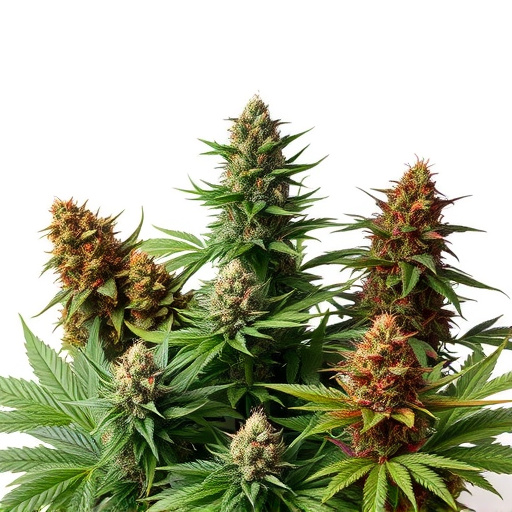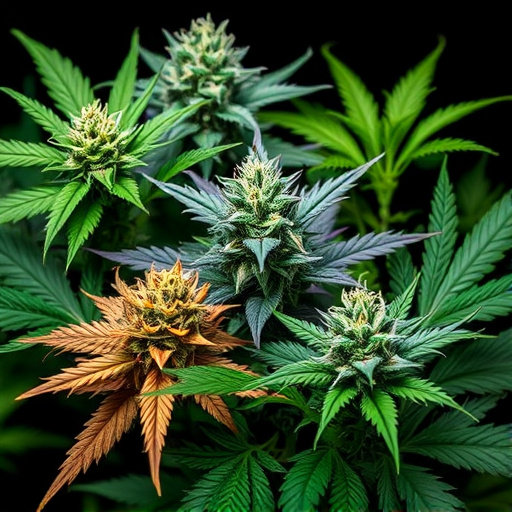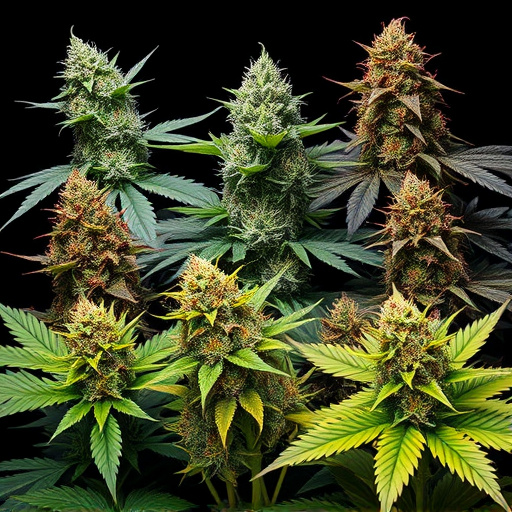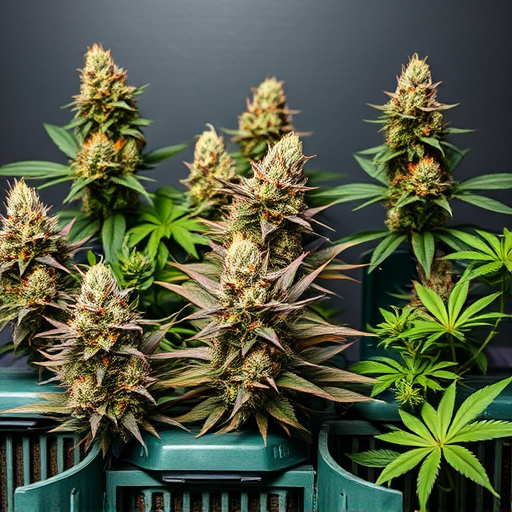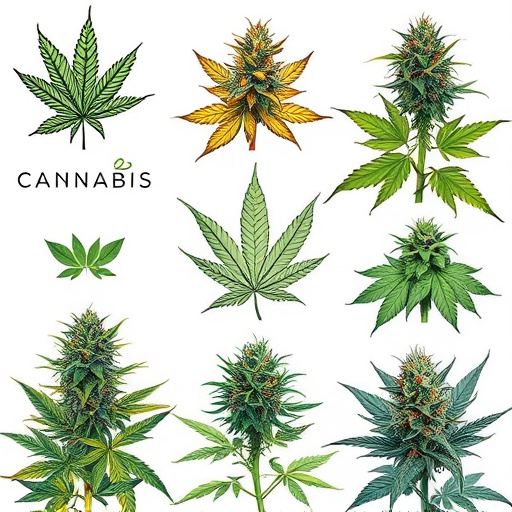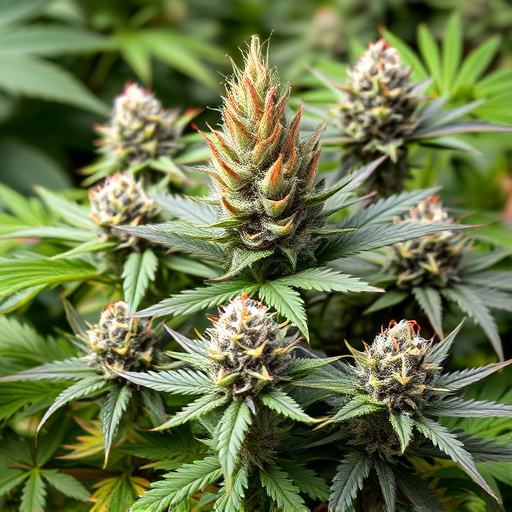The environment significantly shapes the development and characteristics of cannabis plants, leading to diverse strains on the market. Indoor cultivation offers controlled conditions for precise manipulation of temperature, humidity, light, and duration, resulting in consistent, uniform strains with specific terpene and cannabinoid profiles. Outdoor cultivation leverages natural sunlight and seasonal variations, yielding longer maturation times but diverse terpene profiles and unique flavors due to environmental factors. These contrasting methods contribute to the wide range of different cannabis strains available today.
“Uncover the captivating world of indoor vs outdoor cannabis cultivation and its profound impact on the final product. This article delves into the intricate dance between growing conditions and the unique characteristics of different cannabis strains. We explore how environmental factors, from light to humidity, shape terpene profiles and THC/CBD levels.
Whether you’re an enthusiast or a consumer seeking the perfect strain, understanding these differences is key to making informed choices. Discover the benefits and drawbacks of each growing method and learn to choose the ideal cannabis flower for your preferences.”
- Growing Conditions and Environmental Factors
- – Discuss the impact of indoor vs outdoor growing on cannabis plants
- – Compare light, temperature, humidity, and air quality
Growing Conditions and Environmental Factors
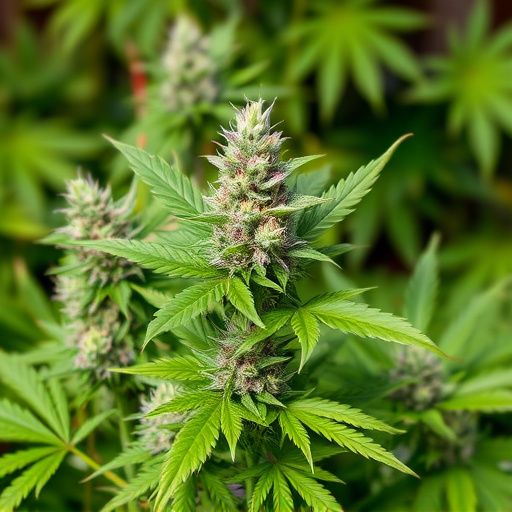
The environment in which cannabis plants are grown plays a significant role in shaping their final characteristics, including the development of their flowers (or buds). This is particularly noticeable when comparing indoor and outdoor-grown cannabis strains.
Indoor cultivation involves controlled environments where growers can precisely manipulate variables such as temperature, humidity, light intensity, and duration. These optimal growing conditions allow for consistent production of uniform cannabis strains, ensuring a specific profile of terpenes and cannabinoids. Indoor farming often results in faster flowering times, enabling cultivators to harvest high-quality flowers within a shorter period. On the other hand, outdoor cultivation relies on natural sunlight, which varies in intensity and duration throughout the seasons. Outdoor plants typically take longer to mature but benefit from the complex interplay of environmental factors, including temperature fluctuations, wind, rain, and sunlight exposure, all of which can contribute to diverse terpene profiles and unique flavor expressions in different cannabis strains.
– Discuss the impact of indoor vs outdoor growing on cannabis plants
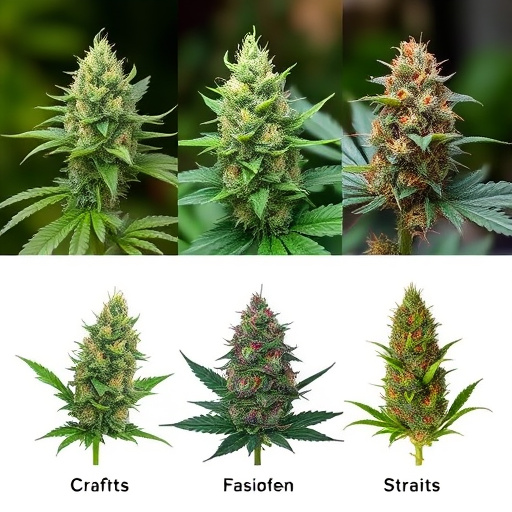
The environment in which cannabis plants are grown significantly influences their development and final product, leading to distinct characteristics between indoor and outdoor-grown flowers. Outdoor cannabis cultivation allows plants to access natural sunlight, promoting robust, vigorous growth. This results in a diverse range of cannabinoid profiles, as different strains adapt to the specific environmental conditions of various regions. Outdoor-grown cannabis often exhibits more subtle aromas and flavors, reflecting the unique terroir of its origin.
In contrast, indoor growing environments provide control over lighting, temperature, humidity, and other variables, enabling growers to optimize conditions for specific cannabis strains. This meticulous control can result in flowers with enhanced concentrations of terpenes and cannabinoids, catering to diverse consumer preferences. Indoor cultivation allows for year-round production, ensuring a consistent supply of different cannabis strains regardless of seasonal changes or weather conditions.
– Compare light, temperature, humidity, and air quality
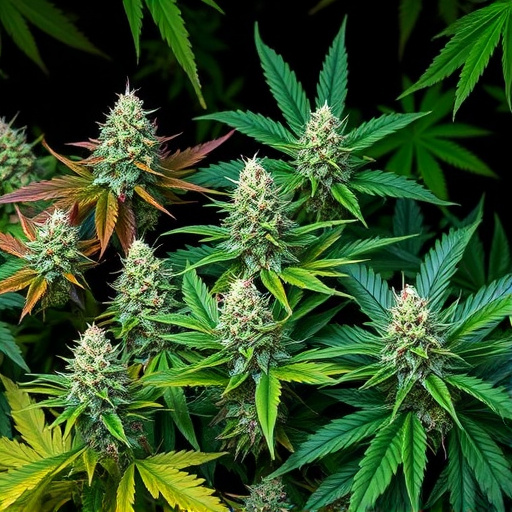
Cannabis flowers grown indoors and outdoors experience significant differences in their environment, which can impact the final product. Let’s delve into some key aspects—light, temperature, humidity, and air quality—that set these two cultivation methods apart. Indoors, growers have precise control over light intensity and spectrums, allowing them to optimize growth and flavor development for different cannabis strains. This is particularly beneficial for cultivating high-THC varieties that thrive in shorter, more intense light cycles. In contrast, outdoor plants are exposed to natural sunlight, which can vary in strength and duration throughout the growing season, affecting terpene profiles and overall plant health.
Temperature regulation is another critical factor. Indoor facilities often maintain consistent temperatures between 65°F and 78°F (18°C to 25°C), ideal for most cannabis strains. Outdoor plants, however, are subject to temperature swings, with cooler nights and warmer days during the vegetative phase and extreme heat or cold at flowering time. Humidity levels also differ drastically—indoor environments typically range from 40% to 70%, while outdoor humidity fluctuates based on weather conditions, affecting resin production and potential issues like mold or mildew for different cannabis strains. Air quality is generally better controlled indoors, minimizing pest pressures but differing from the free-flowing air outdoors that can introduce various environmental influences.
Understanding the distinctions between indoor and outdoor cannabis cultivation is key to cultivating optimal plant health and maximizing yields for different strains. While both methods offer unique advantages, recognizing how environmental factors like light intensity, temperature regulation, humidity levels, and air quality differ between settings allows cultivators to tailor their approach for each variety’s specific needs. By carefully considering these variables, growers can ensure their cannabis plants thrive, resulting in robust, fragrant flowers that meet the desired standards of different consumer preferences.
